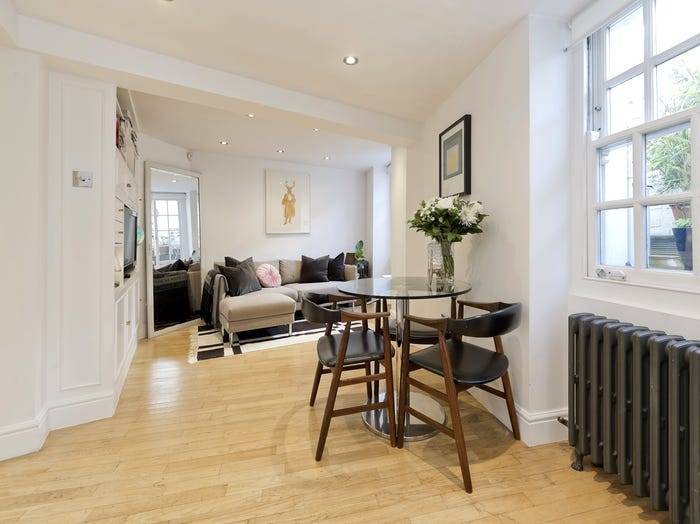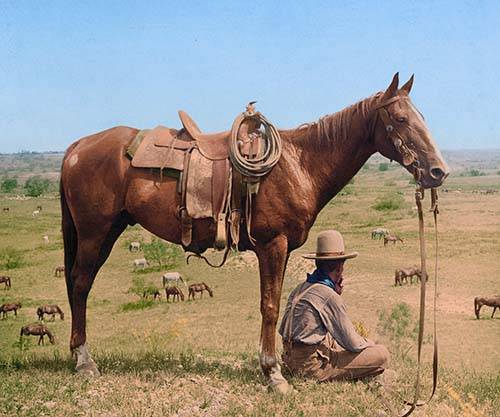After decades of planning and big spending, Cairo has an ambitious new museum to showcase Egypt’s historic treasures, and a new one in Giza is opening next year. The Globe and Mail took a look
Visitors look at an archeological exhibit this past April at the National Museum of Egyptian Civilization in Cairo, a day after its official opening. It's one of two new museums in Egypt; the second, the Grand Egyptian Museum in Giza, is still under construction.
For decades, the cultural and historical itinerary of many foreign visitors to Cairo was set – and somewhat limited. The must-sees were the Egyptian Museum, in the chaotic city centre, and the Pyramids and the Sphinx, a traffic jam away in nearby Giza.
Today, after a decade-long explosion of spending and a new way of thinking about the visitor experience, the choice has improved dramatically.
In the spring, the National Museum of Egyptian Civilization officially opened in spectacular fashion, with the Pharaohs’ Golden Parade – 18 kings and four queens – making its way through the streets from the Egyptian Museum.
Some time next year, the Grand Egyptian Museum will open in Giza. When it does, the long-delayed project will be the largest archeological museum in the world.
“We are seeing a museum revolution,” said Tarek Sayed Tawfik, an Egyptology professor, member of the Supreme Committee for the Museum Display Scenario and former director of the unfinished Grand Museum, while sitting in garden shade outside the Egyptian Museum on a hot day in mid-October.
“It’s in response to criticism that the Egyptian Museum being more of a warehouse than a museum.”
The Egyptian Museum in Cairo's downtown Tahrir Square has been a go-to destination for cultural tourism in Egypt, which the new museums hope to expand.
Indeed, the Egyptian Museum is a glorious but cluttered mess, its vast collection overwhelming.
The lovely, pink neoclassical building that houses the archeological treasures was built by Italians, after a French architect’s design, and opened 119 years ago in Tahrir Square. It is the oldest archeological museum in the Middle East.
Its 120,000 objects – from elaborate sarcophagi to towering pharaonic statues – are displayed haphazardly in halls and galleries, filling every nook and cranny. The wooden and glass cabinets are handsome but dusty, the lighting poor, the labelling inadequate. There is no air conditioning. You have to know what you are looking for – a guide is essential unless you have a day or two to meander.
Among the exhibits are the complete contents of the tomb of Yuya and Tjuyu, the parents of Queen Tiye, who was the royal wife of Amenhotep III. The museum’s highlight is the golden mask of Tutankhamen, perhaps ancient Egypt’s best-known artifact. It is to be moved to the Grand museum.
At top, people visit the Mask of Tutankhamen hall at the Egyptian Museum in 2013. The pharaoh's burial artifacts will have a new home at a museum in Giza, shown at bottom under construction in 2018.
More than a decade ago, when the new museum projects were being launched, the idea was to close the Egyptian Museum. But Egyptians wouldn’t hear of it.
During the 2011 revolution, they tried to shield it from looters and largely succeeded. The looters breached the back side of the museum and made off with only a couple of dozen objects.
“The Egyptians are so proud of this museum,” Prof. Tawfik said. “They made a human ring around the museum to protect it.”
The new plan is to whittle down its collection to 80,000 objects, rebuild the display cases and improve the labelling – an overhaul that is being backed by the European Union and several high-profile European museums, including the Louvre and the British Museum.
The relaunched Egyptian Museum will not include any of the royal mummies, which were sent to the new Civilization museum on April 3 in a parade broadcast around the world.
To protect the 22 mummies, they were delivered in oxygen-free nitrogen capsules in shock-resistant vehicles travelling on newly paved roads. Costumed Cairenes formed an honour guard for their ancient kings and queens.
The parade was a godsend for Ahmed Ghoneim, the Cairo University economics professor and former cultural diplomat who is head of the Civilization museum. “The amount of publicity was amazing,” he said in his office, next to the restoration rooms on the museum’s lower floors. “This will help make our museum the first destination for visitors.”
Visiting the new museum is refreshing after experiencing the Egyptian Museum, even if its collection, drawn from museums throughout the country, is relatively small. The concept is entirely different: instead of displaying only pharaonic-era objects, it will, once all its galleries are open, trace 35,000 years of regional history, including the Archaic, Greco-Roman, Coptic, Medieval, Islamic and modern eras.
Construction started in 2002, sponsored by UNESCO and the Egyptian government, and followed plans by Egyptian and Japanese architects. Built in a rundown part of Old Cairo called Fustat, it has become the anchor of an urban renewal project. The development cost was two billion Egyptian pounds, the equivalent of US$133-million at current exchange rates.
The sleek building – mercifully air-conditioned – is enormous and dominated by an airy exhibition hall topped by a pyramid. It is surrounded by gardens and sits next to a small natural lake. The Mummies Hall is the main attraction. Located on the lower level, the mummies and their caskets are next to one another for the first time (in the Egyptian Museum, they were displayed separately).
But the museum is unusual by Egyptians standards – and not just because its prize objects are beautifully displayed. It is, in effect, a standalone business, with its own board of directors, that does not depend on ticket sales alone for income. Inspired by the more creative European and American museums, it includes reception, lecture and concerts halls whose events are sometimes sponsored by banks. There is a theatre for kids, a café, a restaurant and a gift shop. More than 40 shops are planned. Prof. Ghoneim’s novel, business-like approach isn’t generating profits yet, but the directors are open to ideas – within limits. “The board didn’t like my idea of selling chocolates in the shape of mummies in the kiosks,” he said. “They were afraid it was a race to the bottom.”
Other than the Mummies Hall, with its crypt-like feel and dimly lit halls, the best part of the museum is the restoration rooms, where coffins, cloth, paper texts and other precious objects are painstakingly restored. Among them was a set of ancient wigs, each remarkably intact. One of the restorers said their mesh foundations are even more sophisticated than those of modern wigs.
At top, masked visitors check out exhibits at the National Museum of Egyptian Civilization. Behind the scenes, restorers had to carefully prepare each item, such as the ancient wig at bottom left or the sarcophagus at bottom right.
Coming next is the Grand museum, rising next to the Pyramids, which will emerge as the main museum for Egyptian antiquities.
Construction began almost a decade ago. Since then, it has suffered from ballooning costs – now estimated at US$1.1-billion – long delays and a mishap that included damage to Tutankhamen’s chair when it was transferred from the Egyptian Museum. Japanese government loans have financed much of the development.
But it should be magnificent when it is finished. It will cover 50,000 square metres, five times greater than the Egyptian Museum. The Tutankhamen exhibit alone will cover 7,000 square metres. “That unique collection was never property displayed in the Egyptian Museum,” Prof. Tawfik said.
Egypt suffered greatly during the height of the pandemic, and the new museums should help lure back tourists, especially those looking for an enhanced cultural experience. Egypt attracted 13 million foreign visitors in 2019. The numbers are climbing back, but Amr Karim, the general manager of Travco, Egypt’s biggest travel, tourism and hotels company, said it will take another two to three years to reach normal levels.
He said he is thrilled by the two new museums, especially the Grand, which is fairly close to the new Sphinx airport in Giza. “Everything will be in Giza – the Grand museum, the Pyramids, the Sphinx,” he said. “This will make Giza more popular and bring in a lot more tourists.”\
SOURCE : theglobeandmail




